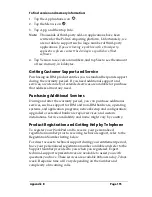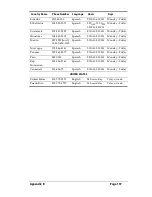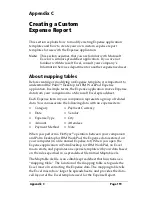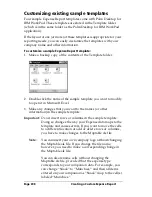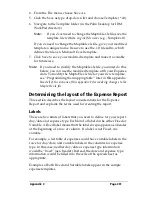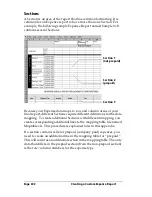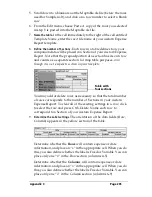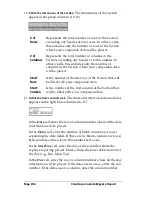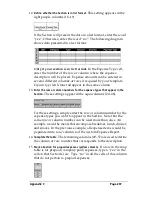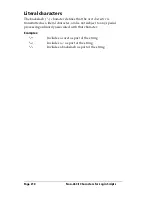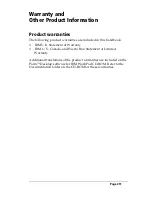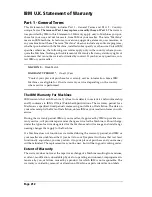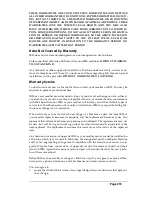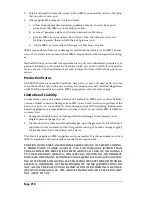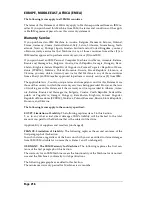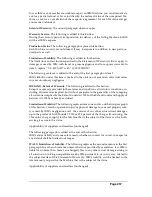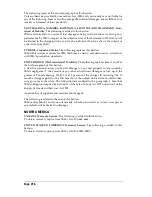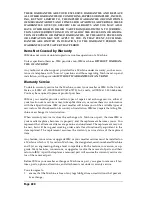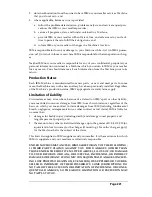
Appendix D
Page 209
Appendix D
Non-ASCII Characters
for Login Scripts
The following information enables you to create custom login scripts
that require non-ASCII characters. It is provided for advanced users
who understand the use and requirements of such characters in a
custom login script.
Use of ^char
You may use the caret ( ^ ) to transmit ASCII command characters. If
you send ^
char
, and the ASCII value of
char
is between @ and _, then
the character is automatically translated to a single-byte value
between 0 and 31.
For example, ^M is converted to a carriage return. If char is a value
between a and z, then the character sequence is translated to a single-
byte value between 1 and 26. If char is any other value, then the
character sequence is not subject to any special processing.
For example, the string “Joe^M” transmits Joe, followed by a carriage
return.
Carriage return and line feed
You may include carriage return and line feed commands as part of
the login script, when entered in the following format:
<cr>
Sends or receives a carriage return
<lf>
Sends or receives a line feed
For example, the string “waitfor Joe<cr><lf>” waits to receive Joe
followed by a carriage return and line feed from the remote computer
before executing the next command in the script.
Summary of Contents for WorkPad c3
Page 1: ...Handbook for the WorkPad c3 PC Companion...
Page 8: ...Page viii Handbook for the WorkPad c3 PC Companion...
Page 10: ...Page 2 About This Book...
Page 46: ...Page 38 Entering Data in Your WorkPad c3 Companion...
Page 184: ...Page 176 Setting Preferences for Your Companion...
Page 190: ...Page 182 Maintaining Your Companion...
Page 206: ...Page 198 Frequently Asked Questions...
Page 238: ...Page 230...

